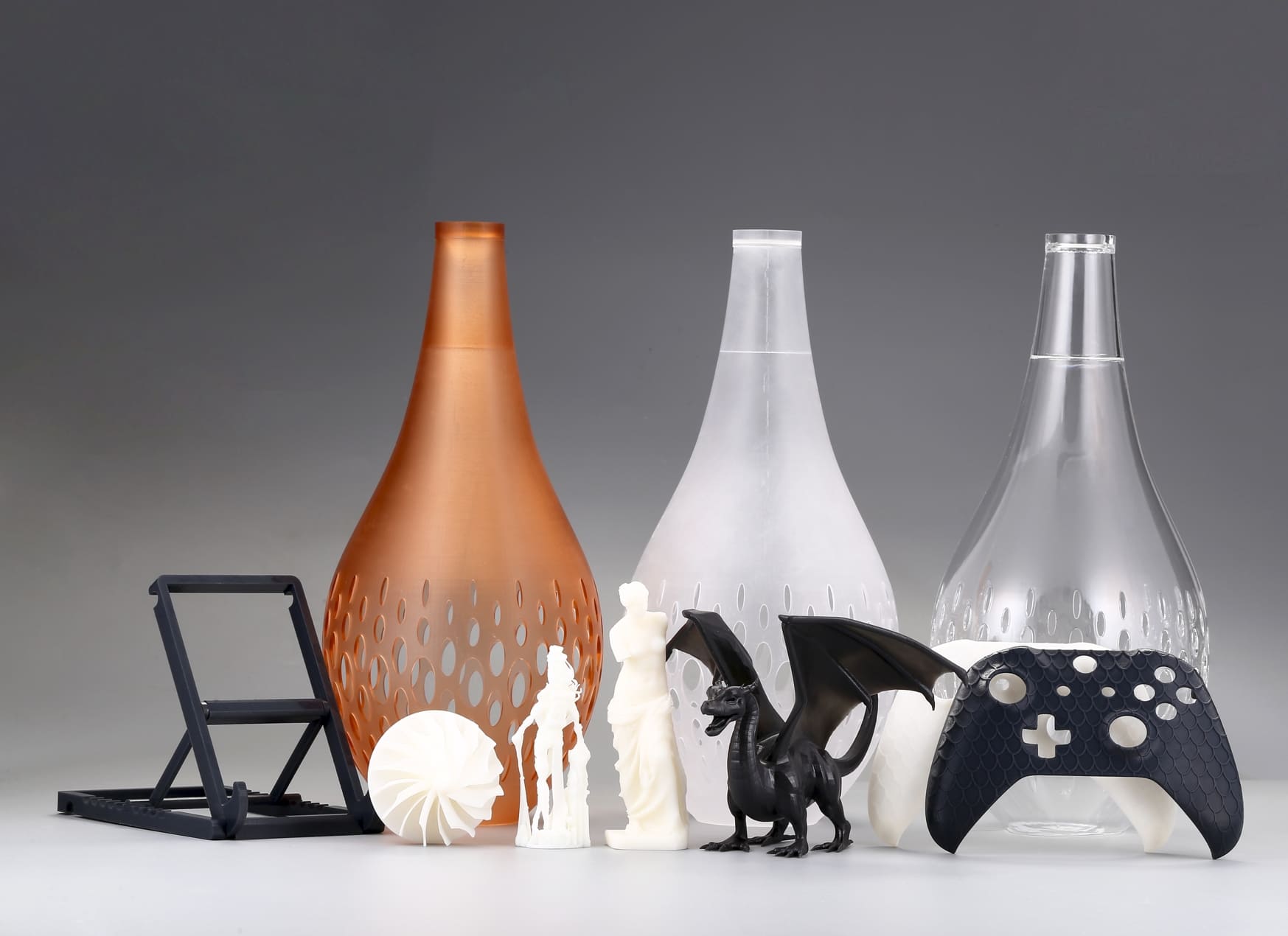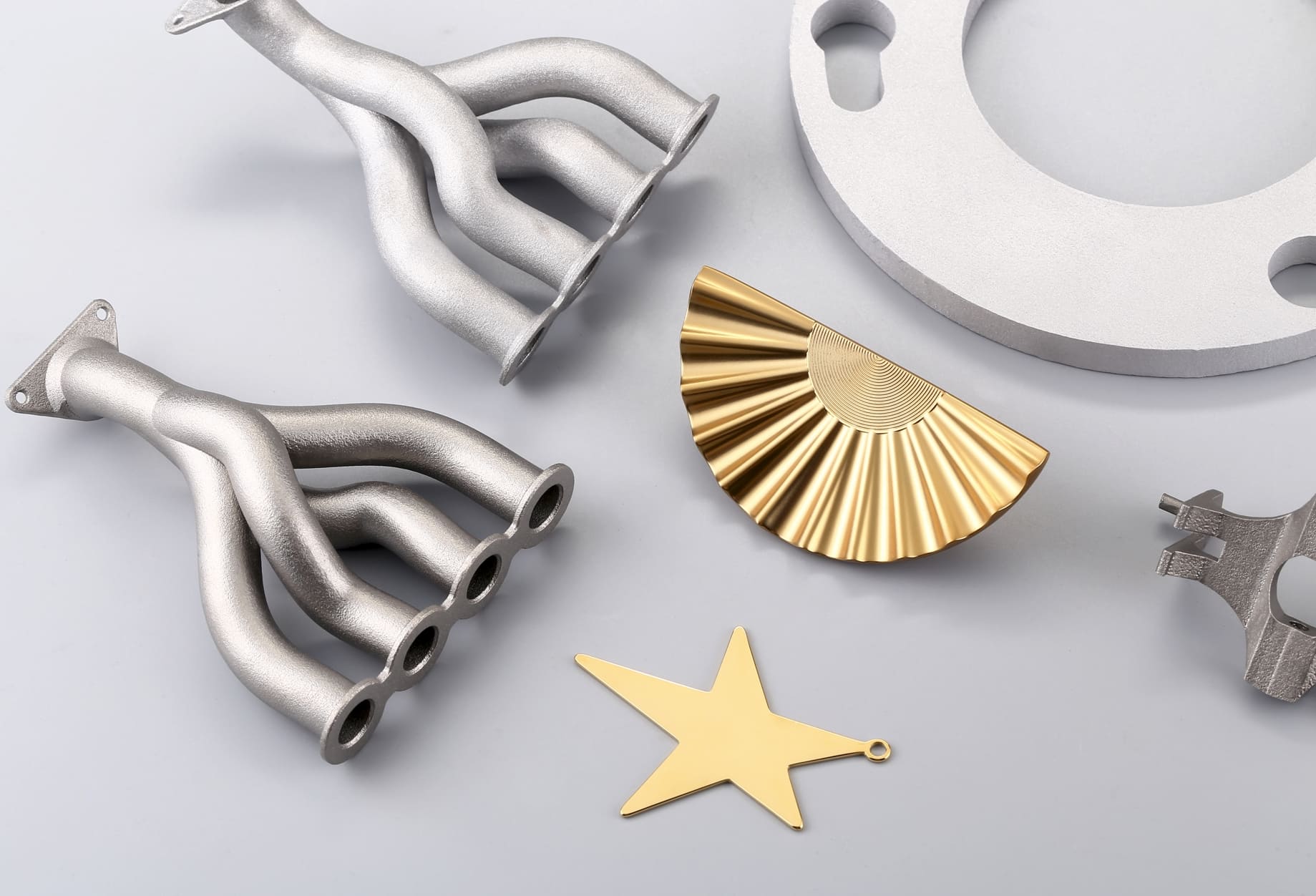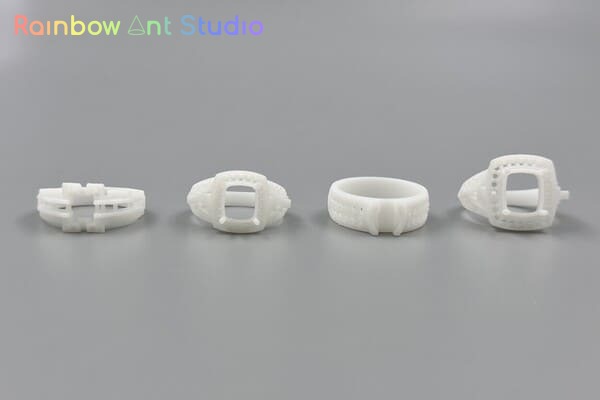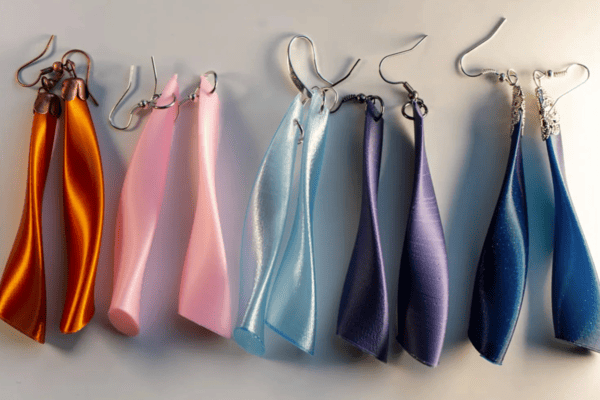The jewelry industry has always thrived on innovation, blending artistry with technology to create pieces that capture imagination and emotion.
In recent years, 3D printing has emerged as an innovation force, enabling designers to push boundaries in customization, precision, and efficiency. From bespoke engagement rings to avant‑garde fashion accessories, 3D printing is reshaping how jewelry is conceived and produced.
And which 3D printing material is best for jewelry? The answer depends on the purpose of the piece, the desired finish, and the balance between cost and durability. In this article, we explore the most popular materials, their strengths and limitations, and how companies like 3DSPRO are leading the way with advanced solutions tailored for jewelry makers.
3D Printing in Jewelry: From CAD Designs to Wearable Art
The journey of a 3D printed jewel begins with computer‑aided design (CAD). Designers use specialized software to sculpt intricate forms that would be nearly impossible to achieve by hand. These digital models are then translated into physical objects through 3D printing, where material is layered precisely to build the final shape.
For jewelry, 3D printing offers several advantages:
• Unparalleled Customization: Every curve, engraving, or gemstone setting can be tailored to the client’s vision.
• Rapid Prototyping: Designers can test multiple iterations quickly, reducing development time.
• Complex Geometries: Hollow structures, lattice patterns, and organic shapes are achievable without traditional casting limitations.
• Reduced Waste: Unlike subtractive methods, 3D printing uses only the material needed, aligning with sustainability goals.
Popular 3D Printing Materials for Jewelry
Casting & Prototyping Materials
• Wax: Essential for lost‑wax casting, wax prints deliver high precision and smooth surfaces. They are fragile but perfect for creating molds for precious metals.
• Resin: Photopolymer resins are widely used for prototypes and fashion jewelry. They capture fine details and can be dyed or finished, though they lack long‑term durability.
• PLA/ABS Filaments: Common in desktop 3D printing, these plastics are inexpensive and easy to use. While unsuitable for fine jewelry, they are popular for student projects, novelty items, or experimental designs.
Precious Metals
• Gold: Available in 14k and 18k variations, gold remains the ultimate symbol of luxury. 3D printing allows for fine detailing and multiple finishes (yellow, white, rose). Its durability and timeless appeal make it ideal for high‑end jewelry.
• Silver: Affordable and versatile, silver is widely used for everyday jewelry. It offers a brilliant shine but requires maintenance to prevent tarnishing.
• Platinum: Known for strength and hypoallergenic properties, platinum is the premium choice for wedding and engagement rings. Its density ensures longevity but comes at a higher cost.
• Brass & Bronze: Warm tones and cost‑effectiveness make these metals suitable for statement pieces or fashion jewelry.
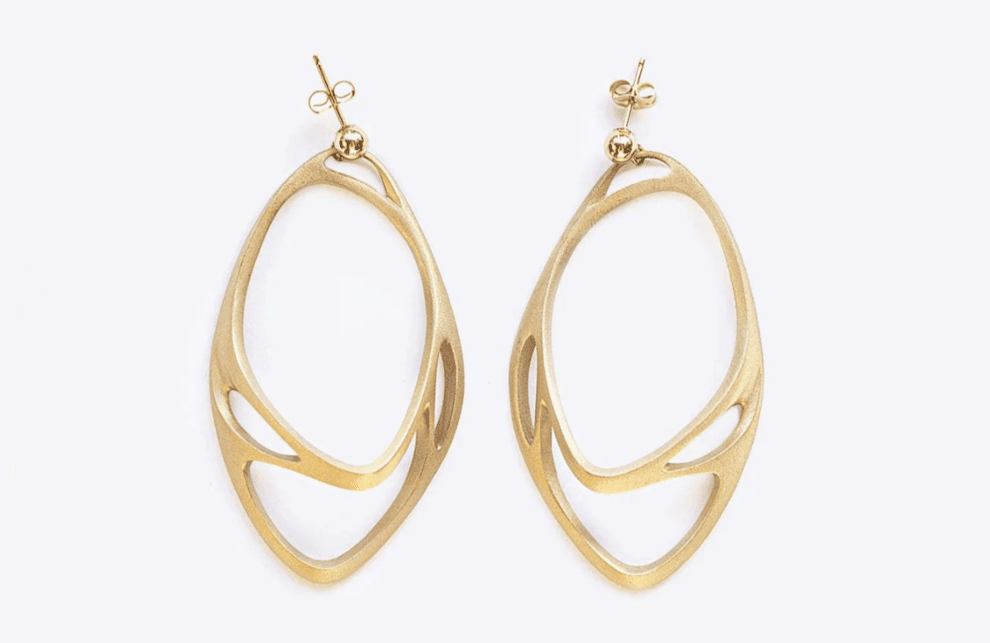
Image Source: LACE by JennyWu
Choosing the Right Material
Selecting the best material depends on several factors:
• Budget: Precious metals like gold and platinum are costly, while resins and filaments offer affordable alternatives.
• Design Complexity: Intricate designs benefit from wax or resin, which capture fine details better than metals.
• Durability & Wearability: Jewelry intended for daily use should prioritize metals like platinum or silver.
• Purpose: Prototypes may rely on resin or PLA, while final products demand precious metals.
• Aesthetic Goals: Warm tones of bronze or the transparency of resin can align with specific design visions.
Pros & Cons Comparison Table
|
Material |
Pros |
Cons |
Best Use Case |
|
Gold |
Luxurious, durable, multiple finishes |
Expensive |
High‑end fine jewelry |
|
Silver |
Affordable, versatile, classic |
Tarnishes over time |
Everyday jewelry |
|
Platinum |
Strong, hypoallergenic |
Very costly |
Premium wedding/engagement rings |
|
Brass/Bronze |
Warm tones, budget‑friendly |
Less durable |
Statement pieces |
|
Wax |
High precision, casting‑ready |
Fragile, not wearable |
Prototyping & casting |
|
Resin |
Detailed, affordable |
Brittle, not long‑term |
Fashion jewelry |
|
PLA/ABS |
Cheap, easy to print |
Weak, not premium |
Student projects, novelty |
3D Printing Jewelry at 3DSPRO
At 3DSPRO, we believe jewelry design should be as bold and innovative as the technology behind it. That’s why we offer a diverse portfolio of industrial 3D printing techniques and materials that empower creators to experiment with durability, aesthetics, and precision.
Our Metal 3D Printing Capabilities
We provide lightweight aluminum for designers seeking modern, minimalist jewelry. Its corrosion resistance and affordability make it perfect for fashion accessories and experimental designs.
We deliver stainless steel prints that combine strength with sleek aesthetics. This material resists tarnishing and is ideal for everyday wear.
We specialize in titanium alloys that are hypoallergenic, durable, and visually striking. Their distinctive gray finish appeals to designers who want futuristic, high‑performance jewelry.
Our Resin Printing Options
We support jewelers with castable wax resin that enables flawless lost‑wax casting. It burns out cleanly, ensuring molds are precise and ready for precious metal casting.
We offer transparent resin for prototyping and fashion jewelry. It allows experimentation with gemstone settings, light effects, and avant‑garde concepts.
Specialty Resins
We provide a range of specialty resins designed for durability, flexibility, or unique finishes, giving designers a versatile toolkit for creative exploration.
Why Work with Us
• Material Diversity: We give you options from lightweight aluminum to hypoallergenic titanium, plus resins for every stage of design.
• Precision and Detail: Our resin printing captures intricate geometries with clarity and accuracy.
• Prototyping to Production: We support your journey from concept testing to wearable pieces.
• Various Surface Finishing: We offer multiple surface finishing services, such as electroplating, coating, polishing, etc., to enhance texture, polish, and overall presentation.
• Innovation Focus: We continuously explore new materials and sustainable practices to keep your designs ahead of the curve.
At 3DSPRO, we provide possibilities and comprehensive 3D printing solutions for jewelry making. Whether you’re crafting a stainless steel bracelet, a lightweight aluminum pendant, or a resin prototype ready for casting, we help you transform designs into reality.
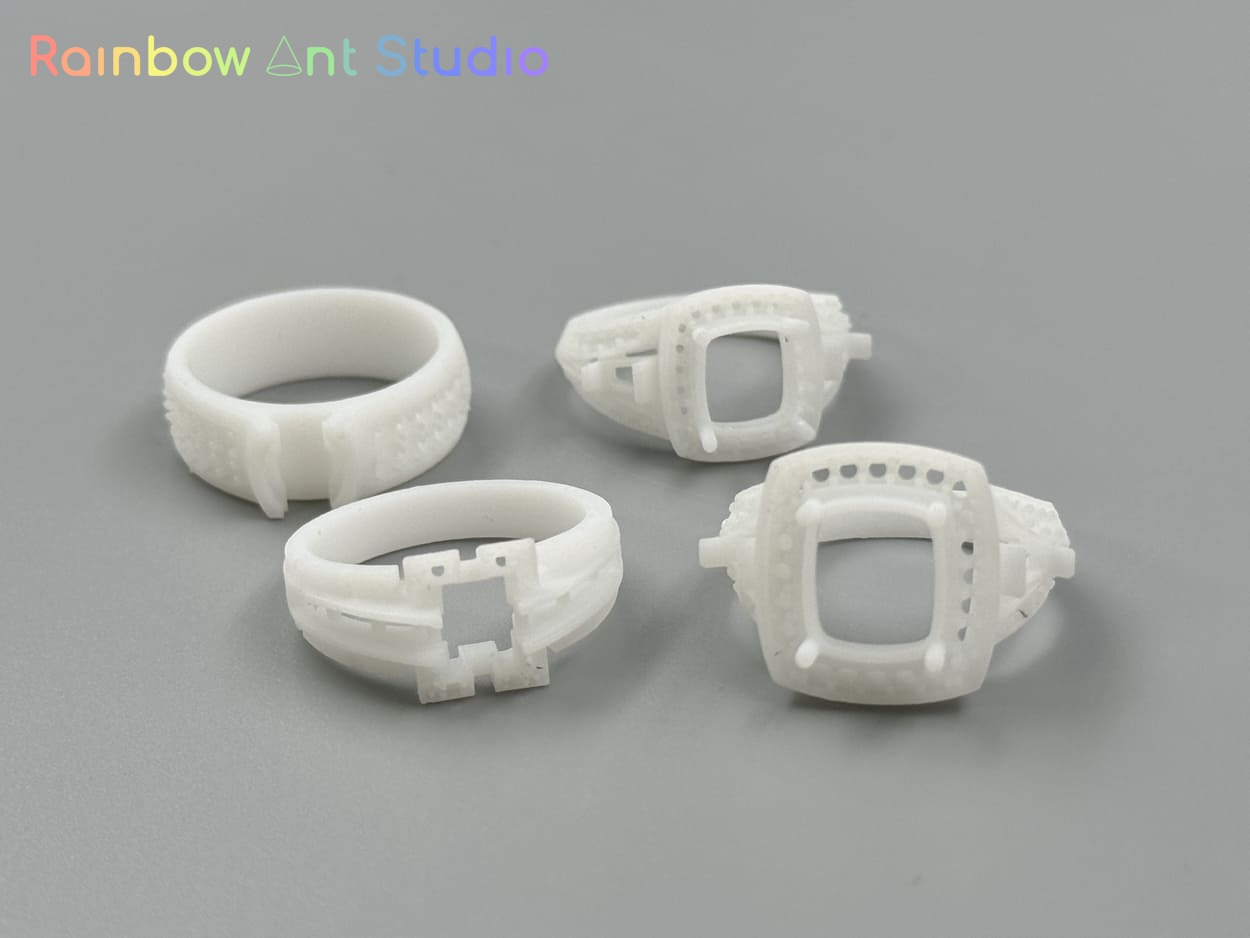
Image Source: Atelier Leydier












